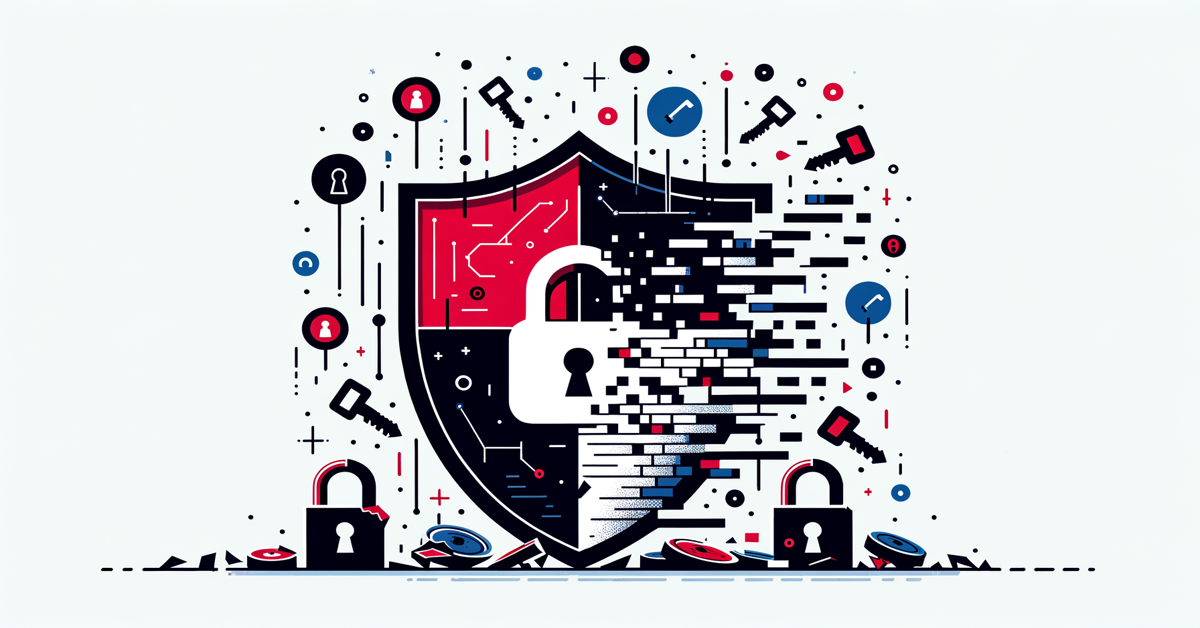The Pitfalls of Public CA Certificates

Certificates issued by public Certificate Authorities (CAs) play a crucial role in the security fabric of the internet by facilitating encrypted communication and asserting the identity of websites and services. However, relying solely on public CAs poses certain risks that organizations, especially those managing sensitive information, should be aware of.
- Scalability and Control: Scaling certificate management with a public CA can be challenging, as each new certificate request typically requires manual processes. This does not only slow down operations but also introduces human error. Smallstep addresses this by automating certificate issuance and renewal, significantly reducing the chance of outages due to expired certificates.
- Cost and Complexity: While some public CAs offer certificates for free, they may not meet the specific needs of a business. Enterprises often require more sophisticated certificates that come at a cost. Furthermore, managing certificates from multiple CAs can complicate security infrastructure. Smallstep consolidates certificate management, providing a cost-effective and simplified approach to securing digital identities.
- Security and Compliance: Public CAs have been targets of cyber-attacks, leading to fraudulent certificates that can undermine trust. Smallstep's platform enhances security by facilitating identity-based encryption and promoting a zero-trust architecture. This not only strengthens defenses but also aids in meeting compliance standards.
- Dependency and Downtime: Reliance on an external CA means businesses are at the mercy of their operational reliability. Any downtime or service interruption directly impacts the availability of services. Smallstep's automated, resilient platform minimizes dependency on external entities, ensuring continuous operation.
While public CAs are indispensable to the modern web, aligning with Smallstep's approach to security can significantly mitigate the intrinsic risks, offering businesses enhanced control, efficiency, and trust in their digital interactions.

